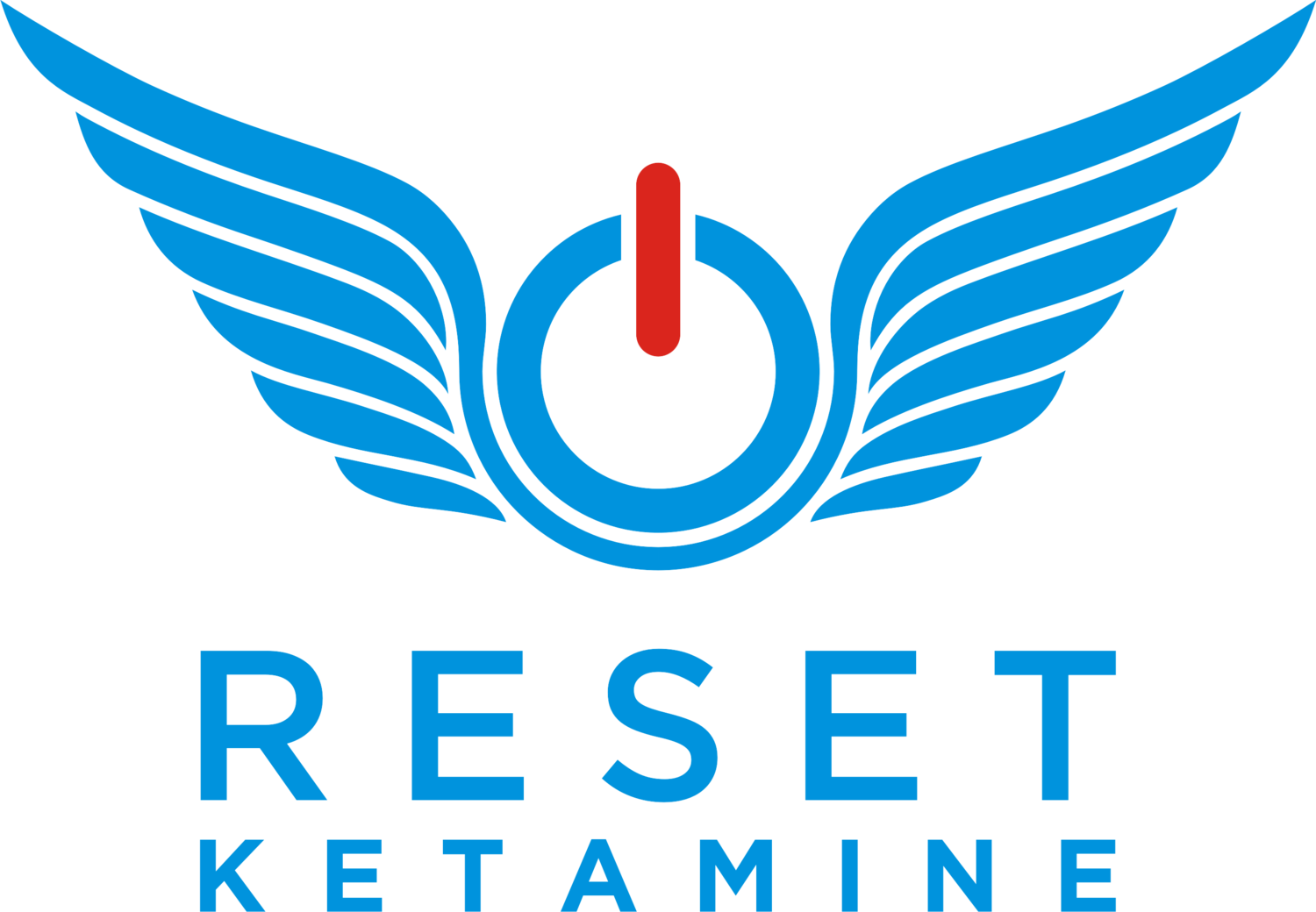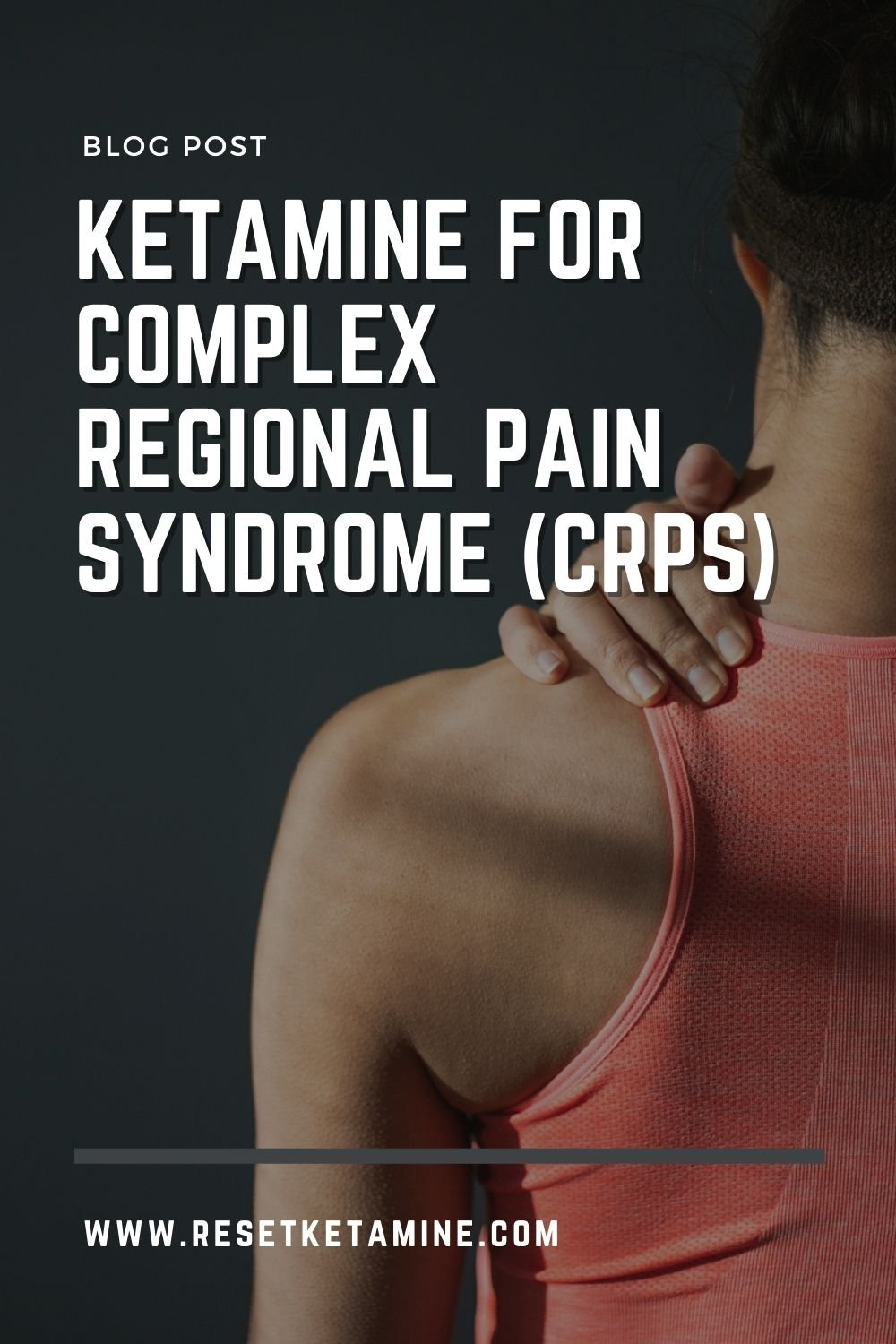Complex regional pain syndrome (CRPS) is a painful, disabling neurological condition. Previously known as Reflex Sympathetic Dystrophy (RSD), it affects 1.2% of the adult chronic pain population. Women are affected more than men, with a 3:1 ratio. CRPS can develop after trauma, minor injuries, or surgery. The signs and symptoms are classically clustered into four groups:
1) burning pain, mechanical and thermal allodynia, hyperalgesia, and hyperpathia
2) autonomic dysregulation
3) neurogenic edema and hyperhidrosis
4) a complicated movement disorder often associated with atrophy and dystrophy
While the exact mechanism of how CRPS develops is unclear, scientific data points to the NMDA receptor playing a critical role. Specifically in CRPS, signal receiving (afferent) neurons in the spinal cord may have a higher release of glutamate which then pathologically activates the NMDA receptors, leading to central sensitization. Central sensitization is where the nervous system undergoes a process called “wind up” in the dorsal horn of the spinal cord and stays in a state of high reactivity. This higher reactivity state lowers the threshold for pain and maintains pain even after the initial injury has healed. Patients may experience pain with things that are not normally painful (allodynia) or may have severe pain in response to things that cause normal pain (hyperalgesia). . Ketamine is the safest, most potent clinically available medicine that blocks this NMDA receptor activation, which means ketamine seems to reset the hyper-sensitized pain receptors
The other key area ketamine plays a role is in neuroplasticity. Chronic pain actually reshapes and alters the brain. Preclinical data suggests that chronic pain may cause significant changes in hippocampal plasticity, including a reduction of new neurons in the hippocampus (a portion of the brain related to learning, memory, mood regulation, and stress response.) It has previously been believed that a person is born with a finite number of neurons, which will deteriorate over time. However, recent scientific data shows that neurons are continually being generated in adult brains (i.e. amygdala, hypothalamus, and hippocampus).
Ketamine infusions are known to increase brain derived neurotrophic factor (BDNF). BDNF regulates many of the processes within neurogenesis, such as differentiation and survival. Furthermore, higher levels of BDNF have been involved in long-term potentiation of neurons and synaptic plasticity. This may explain why higher levels of BDNF are associated with enhanced memory and may also reduce the effects of chronic stress, chronic pain, and cognitive decline.
There are many case reports, several open-label studies, and one randomized, double-blinded, placebo controlled trial using ketamine to help treat pain from those suffering from CRPS. Dr. Schwartzman et al. compared ketamine versus placebo on 19 patients who met CRPS criteria (IASP). 10 patients received placebo and 9 received ketamine infusions. They found significant improvement after 10 days of outpatient ketamine infusions (4 hours per infusion).
Another intriguing case report was published describing a 41-year-old female patient with CRPS 1 affecting her right lower limb. She had tried steroids, IV lidocaine, gabapentin, topical lidocaine cream, opioids, bisphosphonates, and calcitonin without relief of her pain. Then she was given 50 mg of ketamine over 30 minutes, once a week, for 3 weeks. After her third and final infusion, the patient was completely pain free for the first time in 6 years. And at her one-year follow up visit, she still had not experienced any pain since her last ketamine infusion.
Because ketamine is being used “off-label”, there are a variety of treatment regimens you will find. Some patients may get 5 or 10 days of infusions, and some patients may even be admitted to the hospital and undergo ketamine-induced medical “comas.” Until more research is performed to create the optimal dosing, timing, and schedule, it will be up the physician and the patient to co-create a plan that will be best for the individual.
To summarize, CRPS is a rare, but debilitating disease. CRPS is believed to manifest via NMDA receptor activation, central sensitization, and structural changes to the brain. Ketamine is the safest, most potent NMDA receptor blocker and increases neuroplasticity via higher BDNF expression. There is limited research in CRPS and only one randomized, double-blinded, placebo controlled trial on intravenous ketamine for CRPS, although there are many open-label studies and case reports published. Accordingly, there are a variety of treatment schedules and dosing a patient will encounter when considering ketamine treatments. More research is needed to elucidate the maximal benefits while minimizing the risks for ketamine infusions. Regardless, we believe it is critical to have cardiac rhythm, pulse oximetry, blood pressure, and respiratory rate monitoring with a trained provider who can stabilize and manage urgent/emergent issues to the respiratory and cardiovascular system.
CONTACT RESET KETAMINE
IF YOU OR SOMEONE YOU LOVE IS SUFFERING FROM ANXIETY, PTSD, DEPRESSION, OCD, MIGRAINES, FIBROMYALGIA, OR CHRONIC PAIN, PLEASE CONTACT US NOW FOR A CONSULTATION TO SEE IF YOU WOULD BE AN IDEAL CANDIDATE FOR KETAMINE INFUSIONS.
SERVING PALM SPRINGS, PALM DESERT, RANCHO MIRAGE, CATHEDRAL CITY, JOSHUA TREE, 29 PALMS, IDYLLWILD, REDLANDS, LOMA LINDA, BEAUMONT, BANNING, ONTARIO, RIVERSIDE, LOS ANGELES, ORANGE COUNTY, SAN DIEGO, HOLLYWOOD, LONG BEACH, SANTA MONICA, AND ALL OF CALIFORNIA.
You Might Also Like:
References:
Schwartzman, Robert. “Pathophysiology of Complex Regional Pain Syndrome.” The Pain Practitioner. Winter 2007. Pages: 10-15, 19.











Wondering if a stellate ganglion block is painful? Learn what to expect during and after the procedure—and why most patients say it's easier than expected.